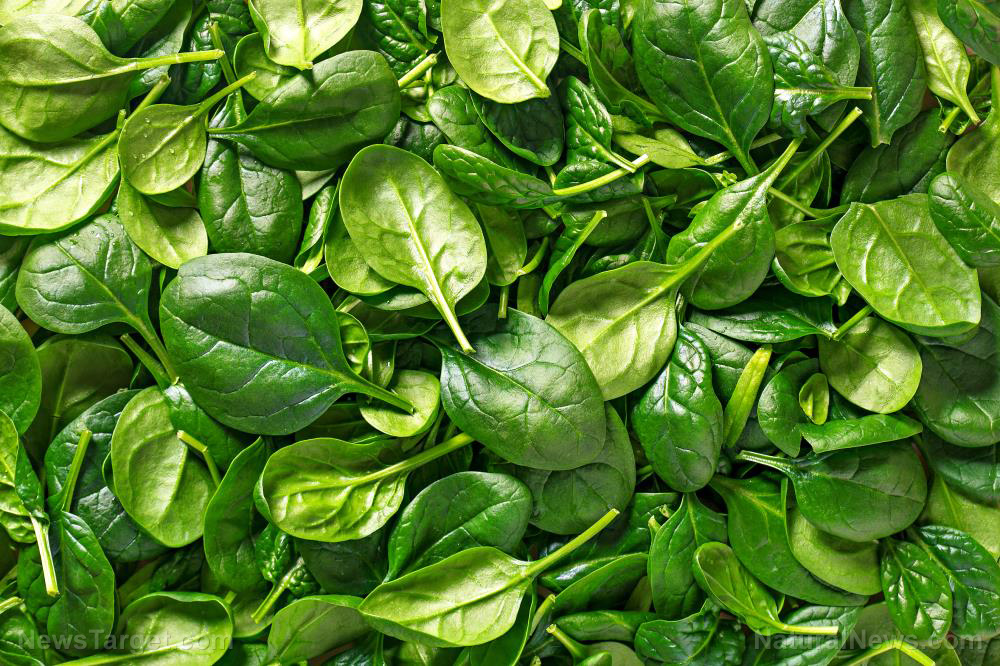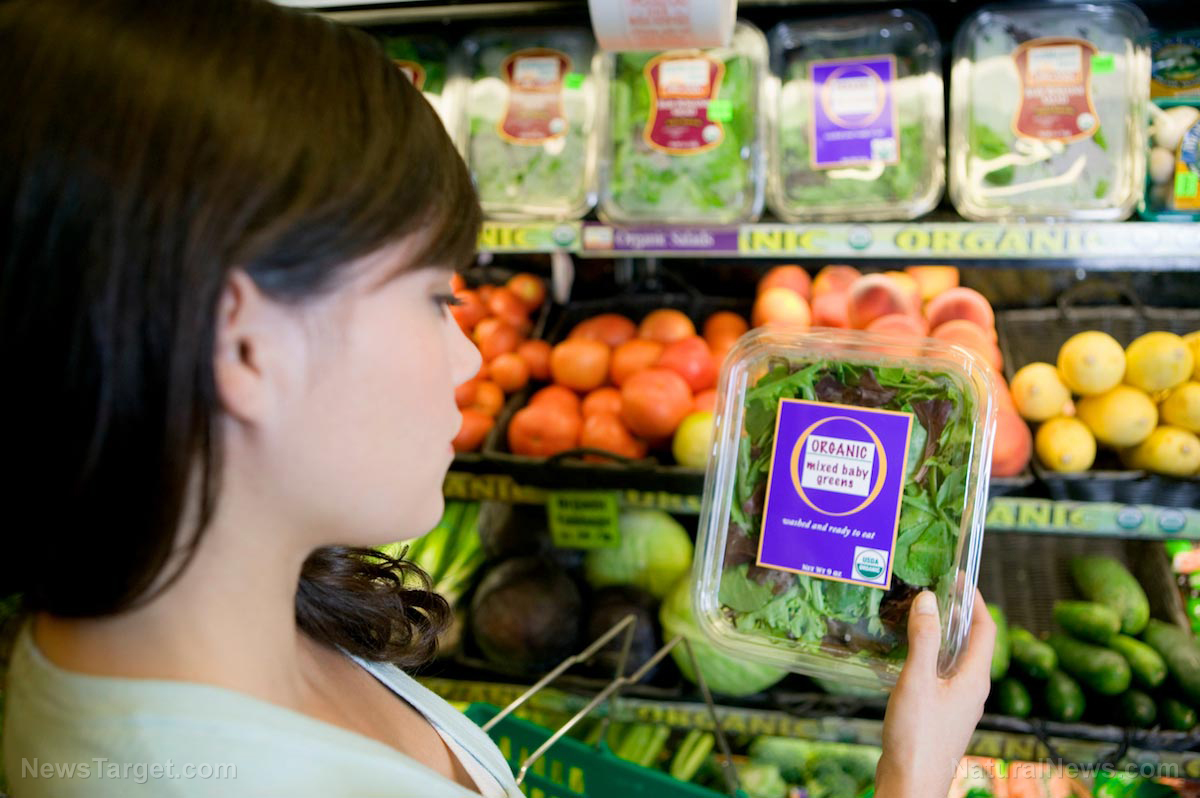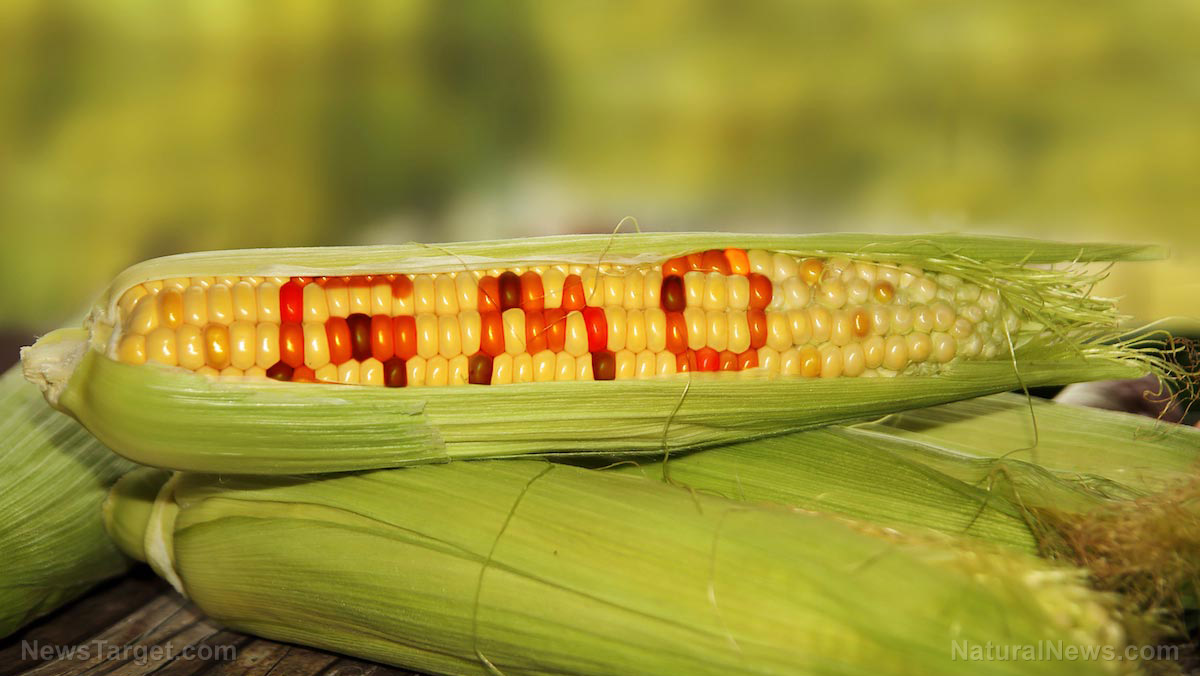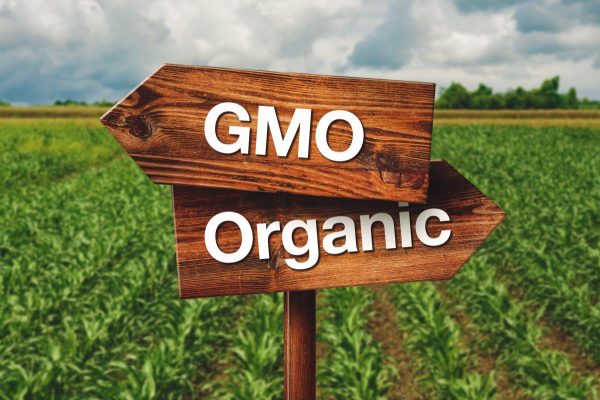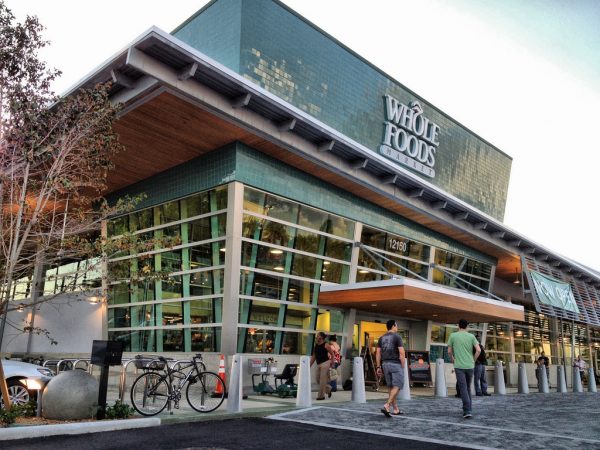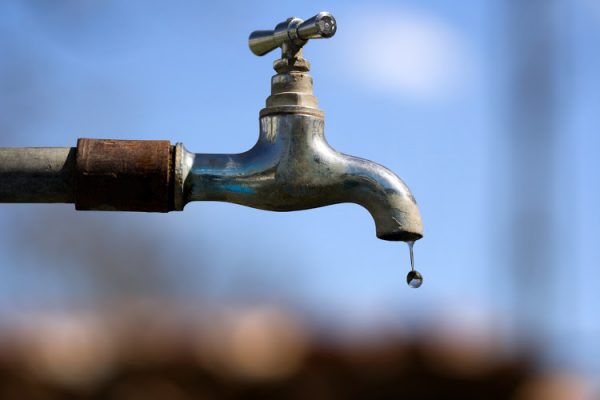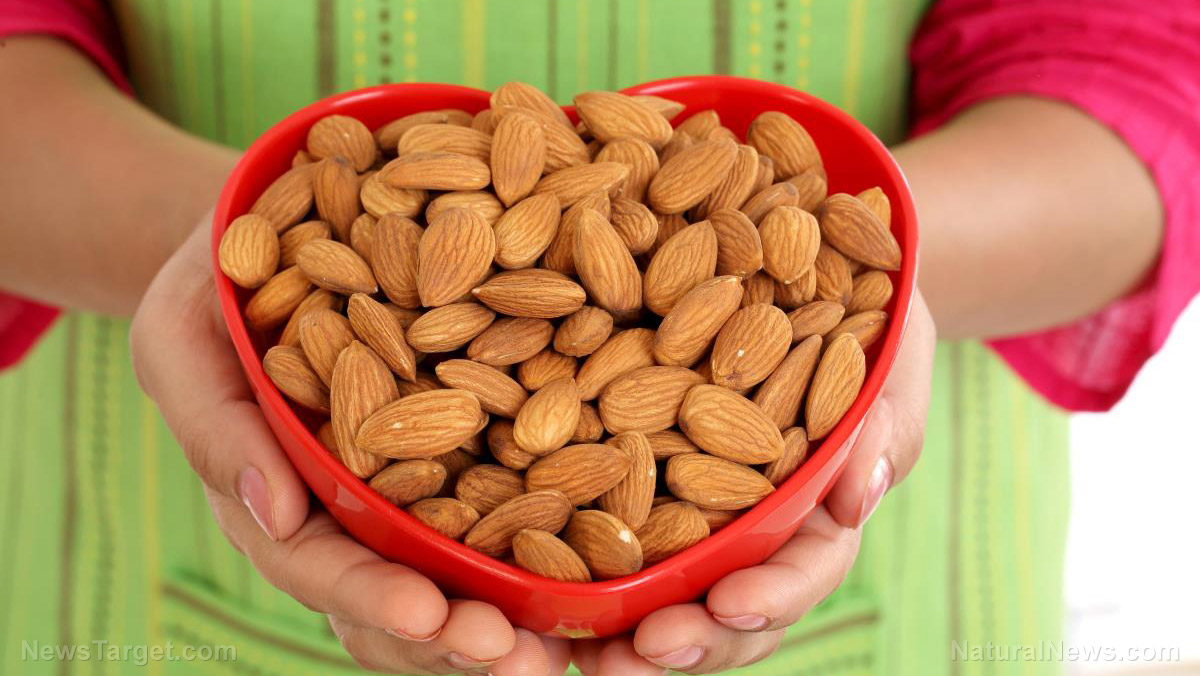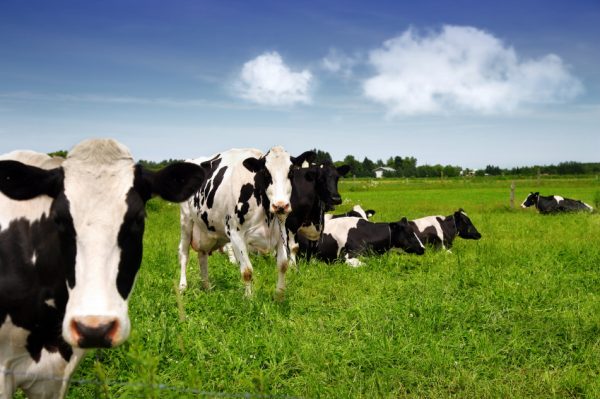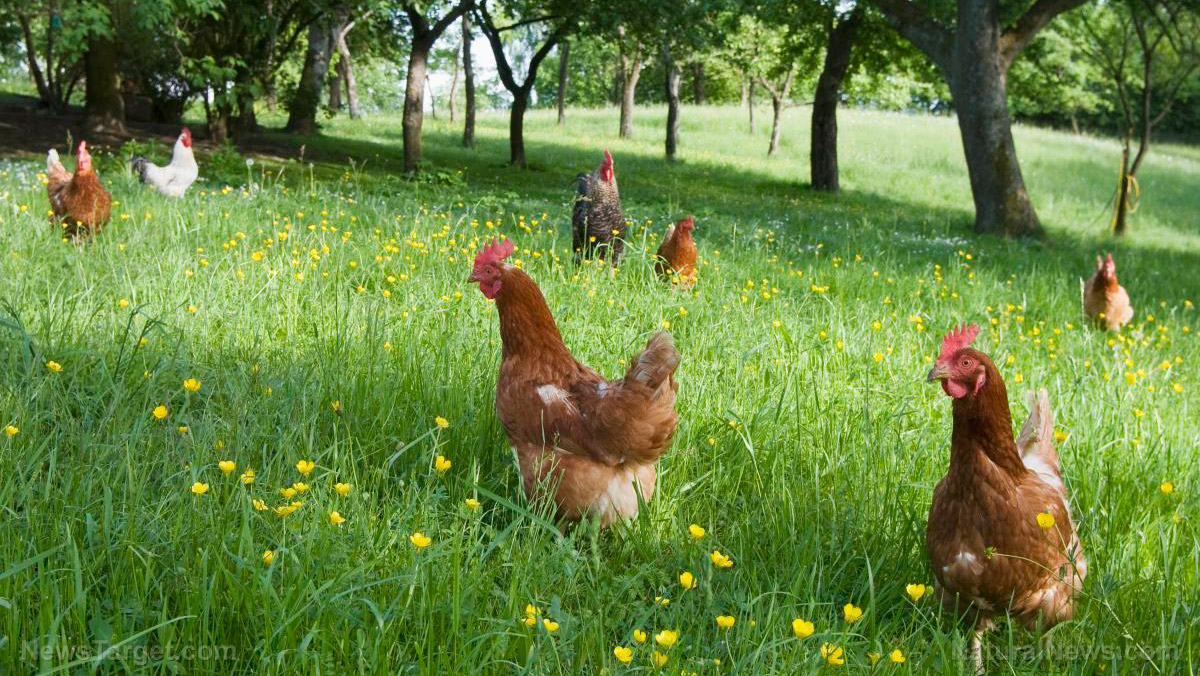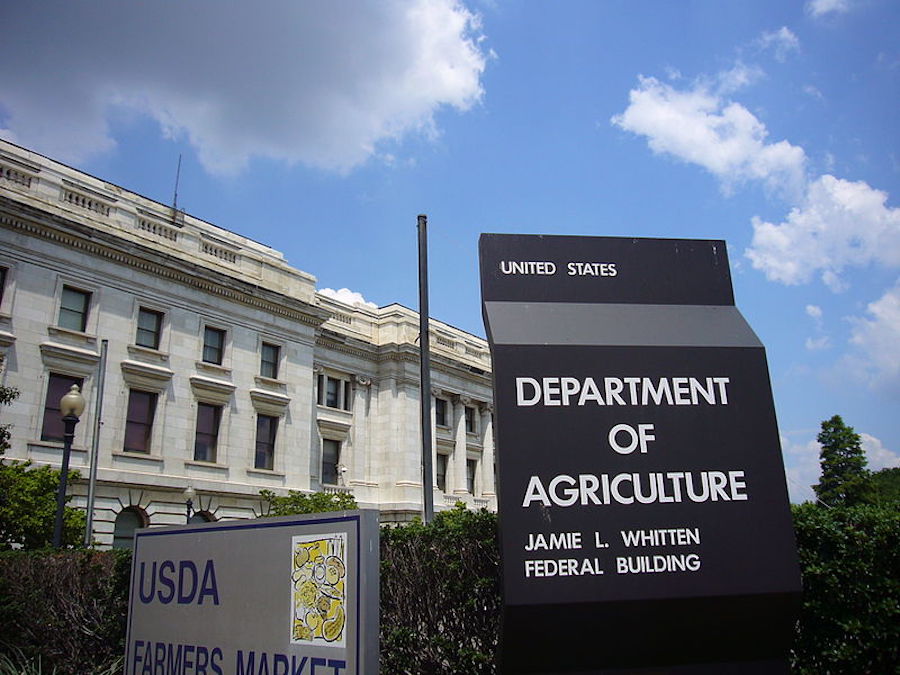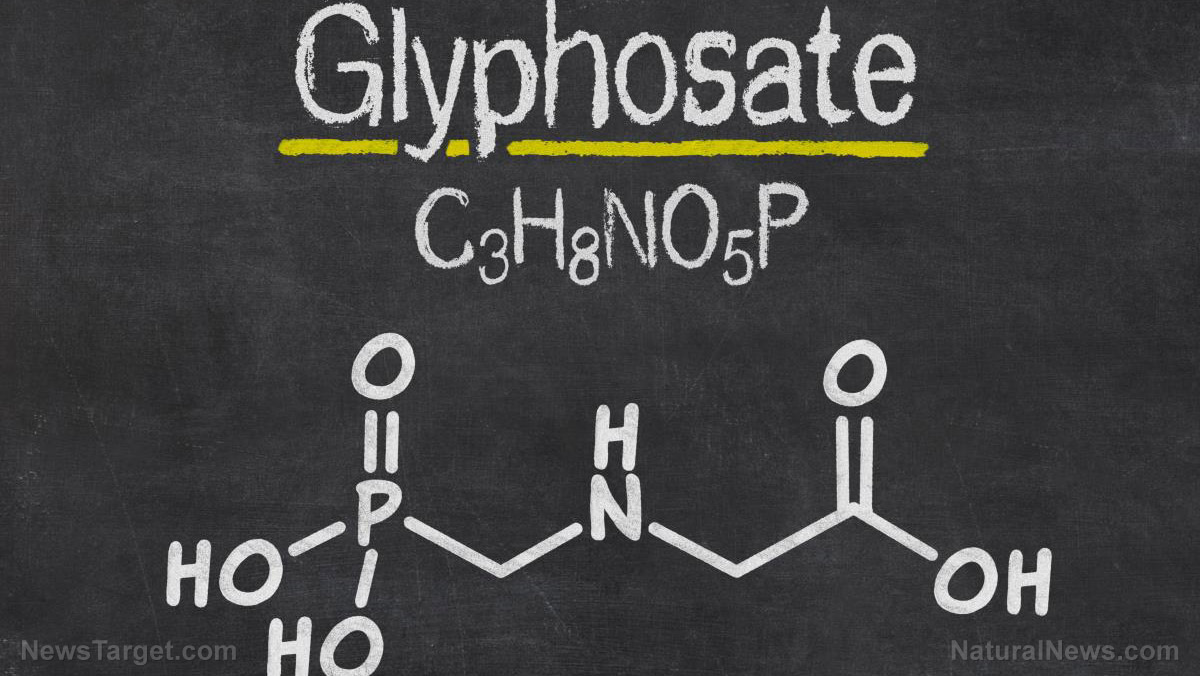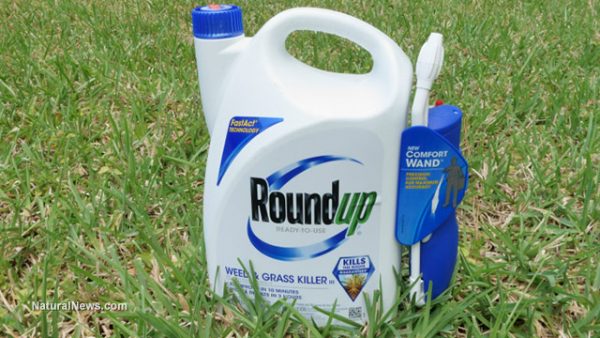Use by, best by, expires after: How to know if your food is still safe to eat
10/28/2018 / By Mary Miller

We’ve all seen the small label that comes on the packages of most of our foods. They come in different variations — they’re either printed on little tags or even stamped on. They also come by many words — “use by,” “best by,” “sell by,” “expires after” — and so on. For most people, the numbers beneath them tick like a time bomb, counting down the lifespan of the food item in question. Once the date passes the one written on the tag, the only place that food goes to is straight into the trash can.
There’s just one thing: Food doesn’t automatically expire the second it reaches the date on the tag. Before even thinking of clearing out that whole shelf of hard-earned groceries, it’s best to find out how safe to eat your food is. This is especially important for preppers who are stocking up their survival pantry, since understanding these dates could spell life or death when SHTF. (h/t to PreppersWill.com)
How food labels contribute to food waste
A lot of food goes to waste even when it’s technically edible, partly due to the confusion with date marking and how easy it is for people to misinterpret them. In a study by the Environmental Protection Agency (EPA), more than 38 million tons of food go to waste every year, with other studies pointing out that up to 40 percent of food produced in the U.S. is thrown away. This translates to an economic setback of over $165 billion per year — almost as much as the State of California’s budget in 2017. It’s not just a financial burden: Food waste also affects the environment, as it wastes precious resources such as water, oil, and even land.
Indeed, it’s a sizable problem, both financially and environmentally, but it can be minimized. (Related: Food waste is costing us all: The environmental and financial cost of spoiled food.)
The trick to understanding date labels
Not all food is created equally — and not all labels mean the same thing. In fact, these could mean different things, depending on the label: Some date labels provide the manufacturing date so you can know how long ago the food product was made — which may indicate freshness, but these aren’t the deadline for when the food goes bad. Others have date labels that read “sell by,” which has very little to do with the spoilage of a food product but with its inventory. Simply put, consider it a marketing strategy. It indicates how long the seller wants the item to remain on the grocery store shelves.
Here are some other dating labels that can tell you whether your food belongs on your dinner plate or in a dumpster:
Use by
This label is unrelated to the lifespan of the food product but is merely the last recommended date to use the product at its peak flavor or quality. According to U.S. federal law, a “use by” date isn’t a safety date, except for baby formula. However, some people believe that this could be a scam targetted to replace foods that they may have forgotten to use.
Best by
Similar to the “use by” label, the “best by” date is a way for companies to indicate how long they think their product will last and has nothing to do with its shelf life. Think of it as the period before the “use by” date, when the food item is still at its greatest quality. Food products such as cheese and sour cream are still edible long past the “Best by” date as long as it is stored in the proper conditions. Companies use this as a safety net to indicate how long their product is expected to last.
Expires after
This label is often found on food items, medicinal drugs, and other products. It is a mandatory label, but despite what it says, it is not the actual date of expiration. Many food products will still be safe for consumption after this date. Think of it as an advance safety warning that says “This food product has not yet gone bad, but it is about to go bad very soon. Eat this immediately.”
Guaranteed fresh date
This label is often found in bakeries or in places where the food is normally made on the day itself. Food past this date is usually still safe to eat. It might not taste the best, but it probably won’t hurt you either. Just to be safe, you can give it a little sniff and use your best judgment. Don’t forget to check for mold or other signs that might indicate spoilage.
Keep in mind that these are all dates to indicate the quality of a product and not its safety. If stored properly, some food products could be safe and still have great quality — well after the date on its food label.
To learn more about other ways to check the quality of your survival pantry, visit Preparedness.news.
Sources include:
Tagged Under: baby formula, bakery, best by, certified fresh, certified fresh by, date label, date labels, expiration, expires after, expiry date, federal law, food date, food date labels, food expiration, food labels, food spoilage, food waste, Fresh, fresh food, freshfood, freshness, good food, good health, groceries, grocery, grocery store, guaranteed fresh by, infant formula, manufacturing date, prepper, Preppers, prepping, sell by, shelf life, spoilage, supermarket, supermarkets, USDA, use by

